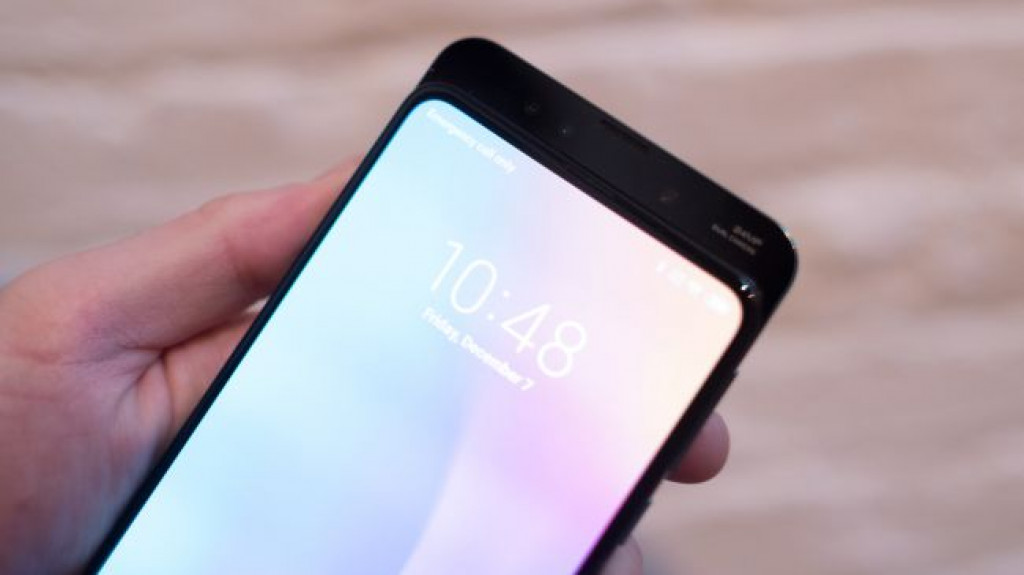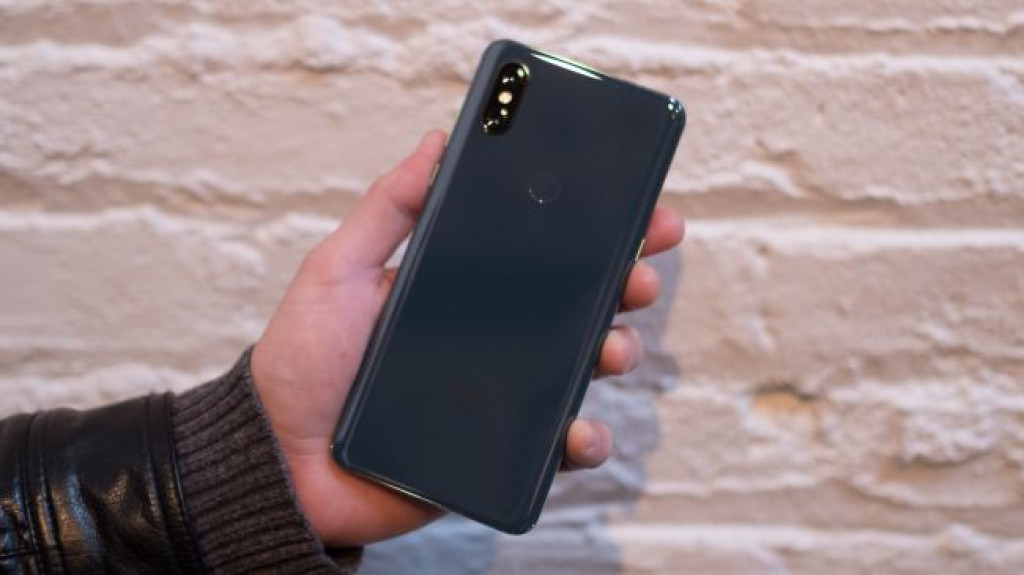
EARLY VERDICT
The Xiaomi Mi Mix 3 is a true all-screen smartphone straight out of the future, yet it takes cues from our slider phone past. You physically slide the display down to expose the selfie camera, which ends up allowing for a 93% screen-to-body ratio on the front. This does make the design a bit thicker and heavier than your average phone, and we do have durability questions. But the price and flagship-level specs make it tempting for anyone looking to have the future of smartphones right now.
FOR
- Unique slide function
- Huge notch-less screen
- Affordable flagship specs
AGAINST
- A bit thick and heavy
- Superior 5G version to come
In the history of the smartphone industry’s quest for 100% screen-to-body ratio, the Xiaomi Mi Mix 3 deserves a prominent entry. Not only has Xiaomi managed to fill 93% of its phone’s front-facing body with screen, the company’s done it using a design trick from yesteryear – sliding the display down to expose its selfie camera – and it works pretty well.
We got our hands on Xiaomi’s new all-screen Mi Mix 3 and tried out the sliding functionality for ourselves. You have to tug with a little force to get the magnetic mechanism to move and click into place, which takes a minute to acclimate to but ultimately, the whole setup feels far from flimsy.

This gimmick sets the Mi Mix 3 apart from the pack and gives it a distinct look that any notched phone owner will envy. Simply having a clean screen is a luxury, and the 6.39-inch Full HD+ (2340 x 1080p) AMOLED display is all the better without any divots or pinholes, as in the Honor View 20.
Yanking the screen down exposes the dual front-facing cameras: a 24MP f/2.2 main lens and 2MP depth sensor that enables portrait mode and similar selective-focus photography. Once the front-facing cameras are exposed, the phone helpfully switches to the camera app, which is a nice touch. Users will be able to set custom triggers when the display is slid down, like answering calls or launching a certain app.
But the sliding design choice comes with drawbacks. The Mi Mix 3 is noticeably heavier than other phones – 218g, compared to the Mi Mix 2’s 185g.
Also, tugging the screen down every time you want to use the front-facing camera is a bit cumbersome – plus, it requires enough pressure to ensure you’ll keep leaving fingerprints on the screen.
It’s also too early to tell if the sliding mechanism will wear out after prolonged use over the phone’s lifespan. Xiaomi didn’t tell us whether the Mi Mix 3 was rated for water or dust resistance – the Mi Mix 2 wasn’t – but the sliding mechanism puts that into doubt.

And, yes, this phone feels a bit thicker than the usual smartphone – but it’s still slim enough to fit in your pocket. Thanks to the “carefully calibrated neodymium magnets” the screen feels like it’s held solidly in place, but we’ll have to do more testing before we see whether it slides open when putting it away in a pocket or purse.
Otherwise, the Mi Mix 3 is a fully-stocked flagship phone, fulfilling Xiaomi’s desire for a device to compete with top tier smartphones. It packs a Snapdragon 845 chip, either 128GB or 256GB of storage space and between 6GB and 8GB of RAM (or a whopping 10GB, but only in a limited edition).
The phone runs Android 9 Pie out of the box with Xiaomi’s MIUI 10 OS layer, which is all standard and expected.
Its other specs are likewise flagship-level, with a 3200mAh battery and support for Qi wireless charging. Don’t expect expandable storage or a headphone jack, though.

Less impressive are the rear cameras, with dual 12MP+12MP cameras (a 1.4µm pixel size and f/1.8 wide lens along with a f/2.4 and 1.0µm pixel size telephoto). But Xiaomi is trumpeting a new night mode (which we didn’t get to try) and plenty of AI-based features like scene recognition and a beauty mode.
A future update (in select markets) will enable facial recognition to unlock the phone, but until then, users have the rear-mounted fingerprint sensor to make do.

Early thoughts
The Mi Mix 3 has everything it takes to compete with other flagship smartphones, but it will live or die based on how its sliding mechanism is received. After getting used to it, we found it to be a suitable compromise for a full screen, and even charming as a throwback to the sliding, clicking, flipping, clacking cell phones of the mid aughts.
The specs are also impressive: on paper, the Mi Mix 3 is a solid choice for an Android flagship. Lest you think the phone’s late release will saddle it with last year’s processor, Xiaomi is planning a version for next year that packs the Snapdragon 855 and the X50 5G modem – the perfect combo for 5G support.
But in the end, it’s a Xiaomi phone, which means the chances US or European users will be able to get it through a carrier are slim to none. For those who pick up the phone elsewhere or order it at list price online – its 128GB storage/6GB RAM base model is 3,299 yuan (around $477/£380/AU$664) and 256GB/8GB top-tier model is 3,999 yuan (around $578/£460/AU$805) – will find a top-performing phone at mid-range prices.
Which would be a stronger statement if that field wasn’t getting crowded with the likes of the OnePlus 6T and forthcoming Honor View 20. Value isn’t just a game for cheap phones anymore.
Source: techradar.com









































